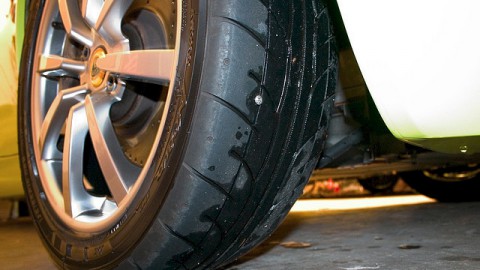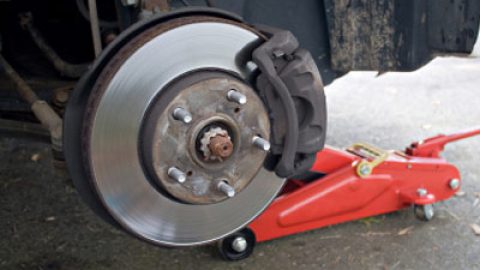Drivers are always looking for ways to cut the cost of car insurance. What many people don’t realize is that insurance companies are constantly looking at new and innovative ways to keep their costs down, as well. Car insurance is an industry based almost entirely on risk—the insurance firm takes a gamble (an educated gamble perhaps, but still a gamble) on the fact that you are less likely to have an accident than other drivers. The more careful drivers firms have on their books, the less money they have to pay out for claims and accidents.
Promoting careful driving is one way insurance firms keep their costs down. However, it is easy to preach to drivers about driving more carefully but much harder to make sure motorists actually heed the advice and maintain careful driving practices on the roads.
One method that insurance firms have used to keep the risk of motor accidents down is to fit the cars of their customers with car monitors.
Capitol-Tires.com is an independent enthusiast website and is not affiliated with or endorsed by American Tire Distributors (ATD), Nexen, Itochu or any other manufacturers and its content is solely for informational purposes. All manufacturer names, symbols, and descriptions, used in our images and text are used for identification purposes only. It is neither inferred nor implied that any item mentioned by Capitol-Tires.com is a product authorized by or in any way connected with any products/vehicle manufacturers displayed on this page. Copyright © 2025 CAPITOL-TIRES.com. All rights reserved.








